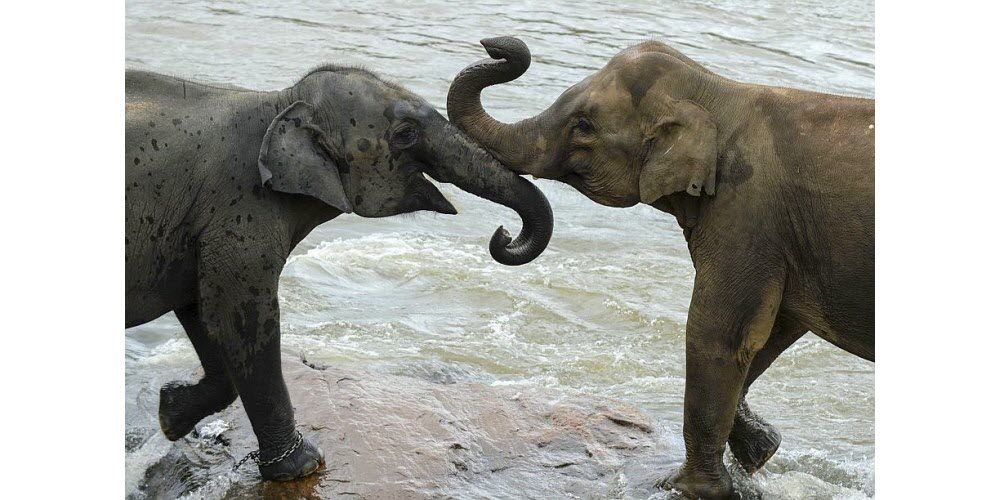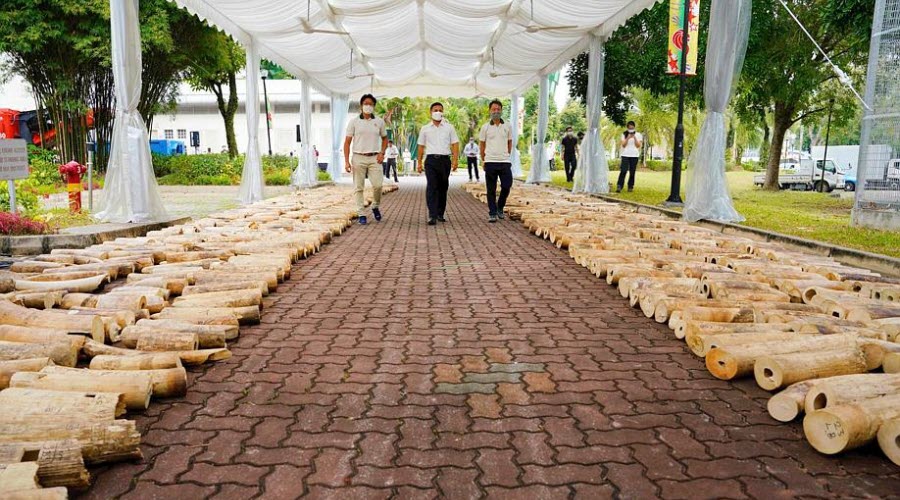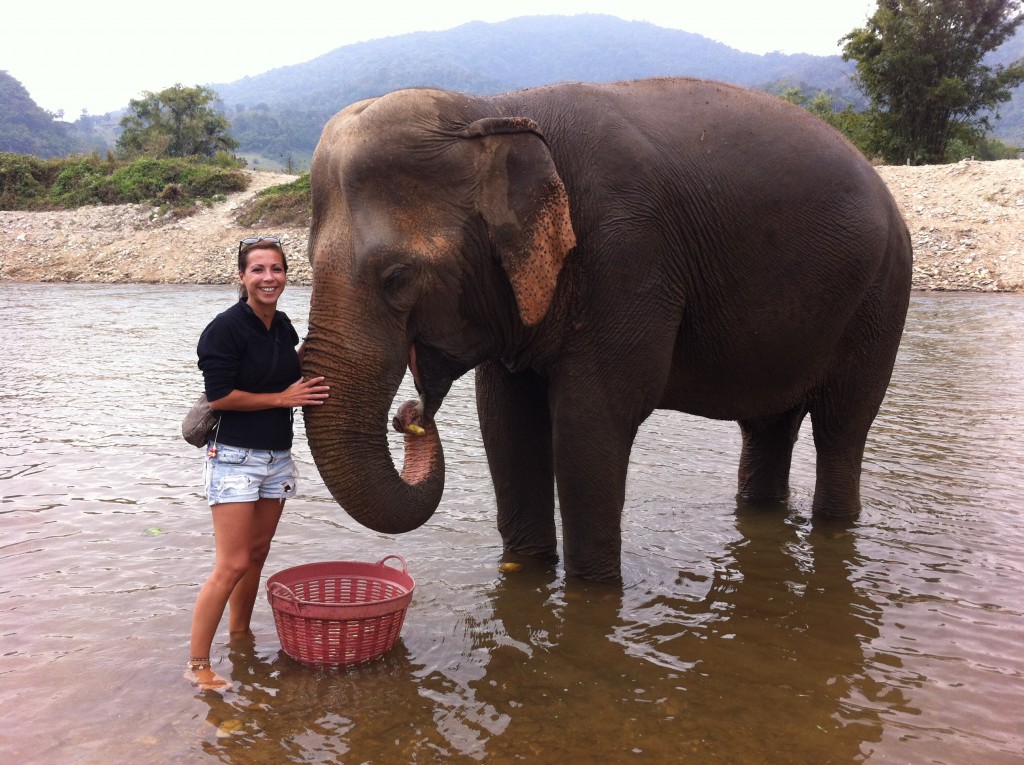August 12 marks World Elephant Day. An emblematic animal of Africa and Asia, the pachyderm has seen its population decimated over the last few decades on both continents. And the situation is not improving.

The world is called to celebrate them on August 12, during an annual World Day dedicated to them. But in reality, it is their protection that is emphasized. The elephant population has collapsed around the world in recent decades due to human activities.
The animal, in the medium term, is now playing for its survival.
Why it’s important
According to the NGO (Non-Governmental Organization) World Elephant Day, the number of elephants has dropped by 62% over the last ten years. And the next decade could be fatal. Because populations continue to decline.
According to the association, “100 African elephants are killed every day by poachers”, in search of meat and tusks to sell. Today, there are just over 400,000 elephants left on the African continent, whereas there were several million in the middle of the 20th century.
The Asian elephant is also endangered with less than 40,000 specimens. They suffer from serious habitat losses linked to demographic development, road construction or the expansion of industrial crops such as oil palm, which have destroyed millions of hectares of forest ecosystems. Asian elephants are also hunted for their tusks or meat, while baby elephants are captured in the wild and sold to the tourism industry. The Asian elephant population has thus decreased by more than 75% since 1950.
The world is called to celebrate them on August 12, during an annual World Day dedicated to them. But in reality, it is their protection that is emphasized. The elephant population has collapsed around the world in recent decades due to human activities.

In China, there is an inexhaustible demand for ivory. The sharp decline of the elephant population in Africa is due in particular to the strong demand from the Asian market for illegal ivory, which is still heavily traded, despite a ban decreed at the end of the 1980s.
According to World Elephant Day, the price of ivory in China has tripled between 2010 and 2014, causing a sharp increase in poaching.
Male elephants with large tusks are the main targets of poachers. Their numbers have been reduced to less than half the number of females. The latter, which also have tusks, are also killed, resulting in an increasing number of orphaned elephants.
In Singapore, a massive destruction of smuggled ivory. On the occasion of World Elephant Day, Singapore wanted to set an example. The city-state began Tuesday to destroy nine tons of ivory from various seizures, in the largest operation of its kind conducted worldwide for several years.
